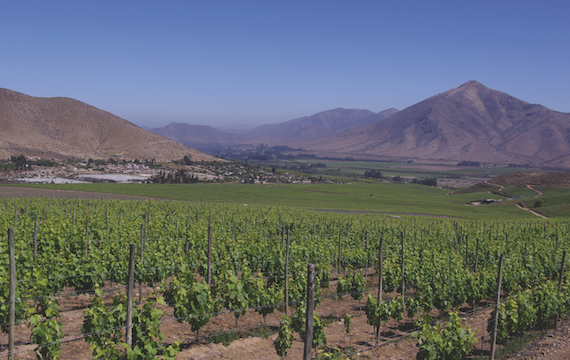What about Concha y Toro, Chile’s largest and most important producer? “Over the past year we have seen good results in Asia (China and Japan among others), also in the Nordics, Brazil and Mexico,” says Thomas Domeyko, export director. “It has also been a really good year for the UK,” he adds. “Our most important export markets are US and UK, which account for 33% of company sales and, together with Chile, more than 50% of sales.”
Emergence of boutique wineries
The Chilean wine industry is heavily export focused. It has to be, because there isn’t a strong domestic market, and its close neighbours haven’t traditionally been buyers of Chilean wine. About 70% of Chilean wines are exported, and this is reflected in the fact that, while Chile sits 11th in the world wine production table (2010 figures), it sits 21st in wine consumption per capita.
In addition, many Chilean wine estates are large, with in excess of 200ha of vineyards, and often owned by wealthy individuals. The consequence of this is that Chile has had a relative lack of boutique wineries.
Without a domestic market buying mid to high-priced wines, small start-ups find life difficult. It’s hard to begin with export markets without initially establishing a domestic presence.
And, typically, in most wine countries it is the smaller wineries that tend to drive the fine wine dimension – they’re ideally placed to innovate, take risks and have a focus on-site. Young winemakers in Chile can’t easily make a small amount of their own label on the side, as do many of their peers in Australia, New Zealand, California or South Africa, because they’d have a very hard job selling it.
This lack of boutique production has hampered the development of a really engaging fine wine dimension, and has preserved the image of Chilean wine as safe, reliable but rarely exciting.
Change is on its way, though. MOVI (Movimiento de Viñateros Independientes), an association of small independent wineries, was formed in 2009 with 12 members – now there
are 20.
The likes of Attilo & Mochi, the Garage Wine Company, Villard, Lagar de Bezana, Gillmore and Flaherty are all making interesting wines. It’s good to see the way these boutique wineries are working collaboratively. In isolation, they’d lack the resources to reach out to export markets effectively.
Canadian ex-pat Derek Mossman of the Garage Wine Company has been an effective ambassador of this movement, and he’s also involved in a second collaborative venture adding interest to the Chilean wine offering.
This is VIGNO (pronounced veenio), which stands for Vignadores de Carignan. It’s a collaborative project to promote old vine Carignan wines from Maule, and the name Vignadores is a mutation from the Spanish term for winegrower, viñadores, with the ‘g’ from Carignan added in.
Old vine Carignan is a neglected treasure of the Chilean wine industry. It was first planted on a large scale in Maule in the early 1940s when, in the aftermath of a catastrophic earthquake in 1939, the Ministry of Agriculture proposed encouraging the planting of Carignan to improve the region’s wines. Previously a workhorse variety that was used to blend, Chilean winemakers are now realising they have a precious resource.




